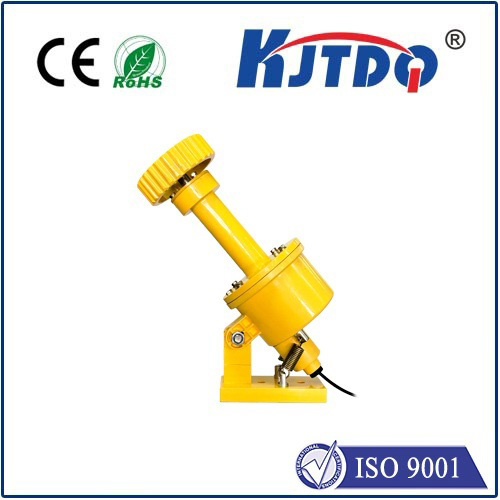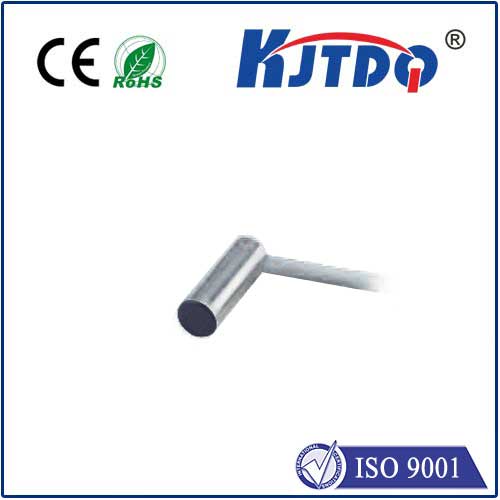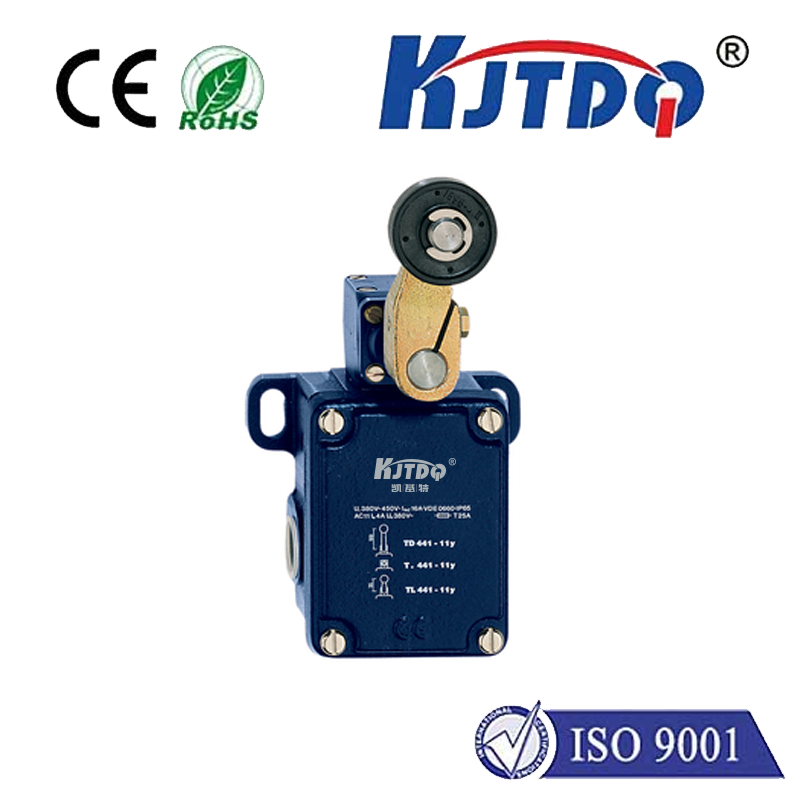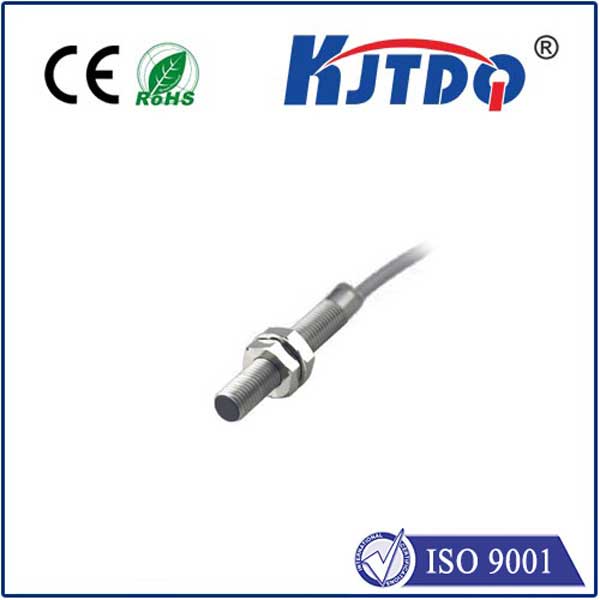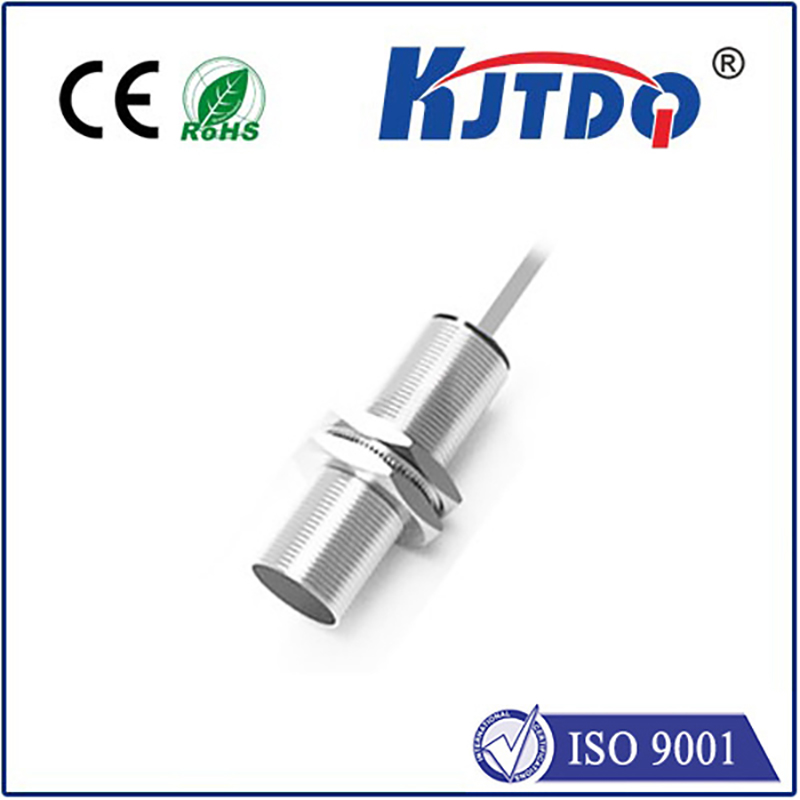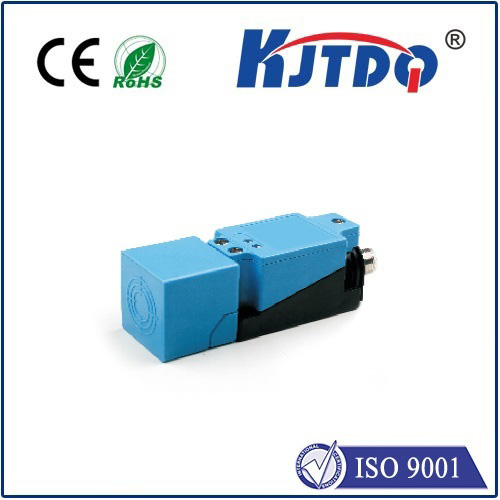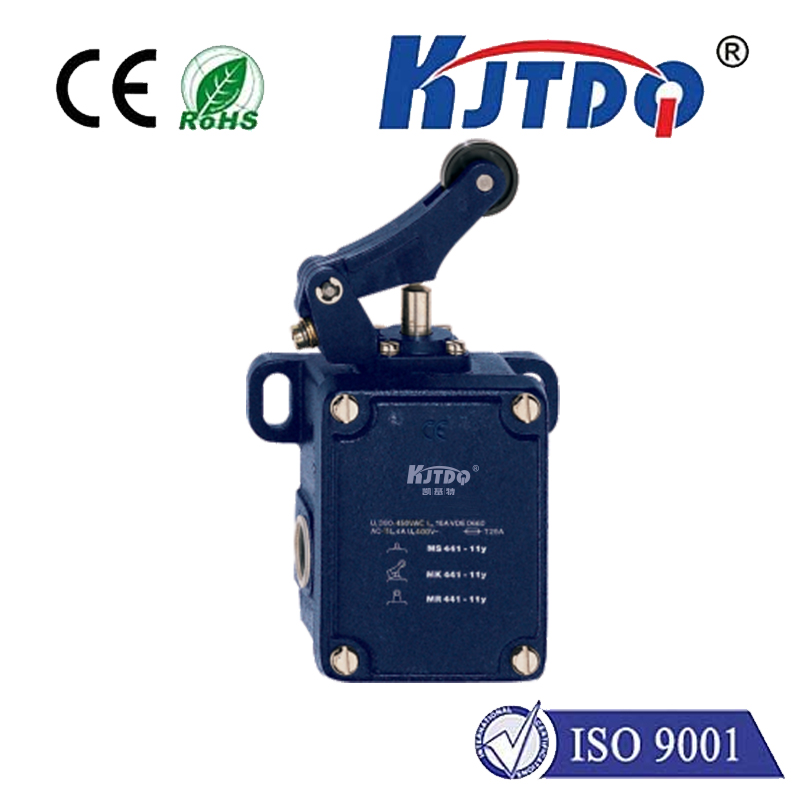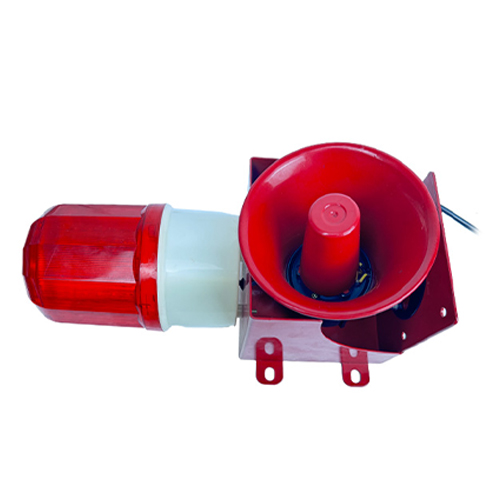HBN-BSS-N-22-1-4 Pull rope switch
- time:2025-09-24 06:08:27
- Click:0
HBN-BSS-N-22-1-4 Pull Rope Switch: The Critical Lifeline for Conveyor Safety
Picture this: a sprawling manufacturing plant, conveyor belts humming 24⁄7, moving raw materials, products, or aggregates with relentless efficiency. Suddenly, a worker spots a dangerous snag – clothing caught, a jam escalating, or worse, someone trapped near the moving belt. Every second counts. In this heart-stopping moment, a seemingly simple but utterly vital safety device becomes the lifeline: the HBN-BSS-N-22-1-4 Pull Rope Switch. This unassuming component isn’t just hardware; it’s a fundamental guardian of personnel and machinery, instantly halting danger in its tracks.
Understanding the HBN-BSS-N-22-1-4 Pull Rope Switch
At its core, an HBN-BSS-N-22-1-4 Pull Rope Switch is an emergency stop device strategically installed along the entire length of a conveyor system or other hazardous machinery. Key features defining its function include:
- Pull Rope (Cable): A robust, brightly colored rope runs parallel to the conveyor belt, easily accessible from any point along its path. This is the crucial activation element.
- Switching Mechanism: Typically housed within rugged enclosures at intervals along the rope’s run. This mechanism contains precision-engineered components designed for immediate response.
- Actuation: When the rope is pulled downward or sideways with sufficient force (due to an emergency), it triggers the internal switching mechanism via a direct mechanical linkage or trip mechanism.
- Electrical Function: The triggered switch immediately interrupts the control circuit powering the conveyor belt motor or drive system. This causes an instant, fail-safe stop of the conveyor, preventing further hazard.
- Manual Reset: Crucially, after activation, the switch requires manual resetting at the point of activation. This ensures the problem is acknowledged and addressed before machinery restarts, preventing accidental re-energization.
Why the HBN-BSS-N-22-1-4 Matters: Key Applications and Benefits

This specific model designation (HBN-BSS-N-22-1-4) likely indicates a series (HBN), a belt safety switch type (BSS), and specific attributes like voltage rating, enclosure type (possibly NEMA 4X/IP66 for harsh environments), switching configuration (e.g., single pole), and potentially cable length options. Its importance transcends its coding:
- Unmatched Accessibility for Emergency Stops: Unlike fixed emergency stop buttons, the continuous rope allows personnel anywhere along the conveyor to initiate an immediate shutdown. This eliminates dangerous sprints to fixed buttons during a crisis.
- Proactive Hazard Mitigation: Swift intervention is paramount for preventing catastrophic injuries from entanglement, crushing, shearing points, or material handling mishaps. The pull rope switch provides this critical capability.
- Compliance with Rigorous Safety Standards: Devices like the HBN-BSS-N-22-1-4 are engineered to comply with stringent international and regional safety standards (e.g., ISO 13850, IEC 60204, OSHA regulations - Machinery Guarding 1910.212, Conveyors 1910.219, ANSI B20.1). Implementing them is often not just best practice but a legal requirement.
- Reduced Equipment Damage: Stopping a conveyor quickly during a jam or malfunction can prevent extensive damage to the belt structure, rollers, drives, and the conveyed material itself, translating to significant cost savings on repairs and downtime.
- Enhanced Safety Culture: The visible presence of easily accessible emergency stops fosters a safer working environment and demonstrates a tangible commitment to worker well-being.
How the HBN-BSS-N-22-1-4 Pull Rope Switch Operates
The operation leverages robust mechanical principles:
- Emergency Pull: A worker pulls the rope upon witnessing a hazard.
- Tension & Trip: The pull creates tension in the rope, which directly actuates the trip mechanism within the nearest switch housing. This is often a spring-loaded cam or lever assembly.
- Contact Change: The trip mechanism forcefully changes the state of electrical contacts inside the switch. Typically, this moves normally closed (NC) contacts to open (breaking the circuit) and/or normally open (NO) contacts to closed (if used for auxiliary signals/alarms).
- Power Cutoff: Opening the control circuit contacts immediately cuts power to the conveyor motor starter, forcing an instantaneous stop.
- Locked State: The switch mechanism physically locks in the “tripped” position, holding the contacts open and preventing restart.
- Reset: An operator or maintenance personnel must physically go to the specific switch housing where the rope was pulled and manually reset the mechanism (often involving twisting or pulling a reset knob). This action closes the contacts again, allowing the circuit to be re-energized (only if start commands are given).
Selecting and Implementing the Right Pull Rope Switch
Choosing the appropriate HBN-BSS-N-22-1-4 model involves critical considerations:
- Environment: Select an enclosure rating (e.g., NEMA 4X/IP66) suitable for dust, moisture, chemicals, or temperature extremes in your facility.
- Voltage/Current Rating: Must match or exceed the requirements of your control circuit.
- Rope Length and Support: Determine the total distance to be covered. Switches (housings) are spaced at intervals (e.g., 15m-40m depending on rope type and standard requirements) to ensure the rope can actuate one specific switch effectively without excessive sag. Proper supports are essential.
- Switching Configuration: Ensure the switch provides the correct contact configuration (usually NC for safety circuit breaks) and sufficient contacts for any required alarm signaling.
- Mechanical Robustness: The rope, mounting brackets, and switch internals must withstand harsh industrial conditions and the force of an emergency pull.
- Approvals: Verify the device carries relevant safety certifications for your region and industry.
Maintaining Your Safety Lifeline: Inspection and Testing
Like any critical safety component, the HBN-BSS-N-22-1-4 Pull Rope Switch demands regular attention:
- Visual Checks: Inspect the rope regularly for cuts, fraying, kinks, or corrosion. Check housings for damage and ensure clear labeling.
- Functional Testing: Perform regularly scheduled operational tests – pull the rope at various points to ensure it reliably trips the switch and stops the conveyor. Verify the manual reset functions correctly. Document all tests.
- Preventive Maintenance: Clean housings, ensure mounting bolts are tight, lubricate mechanisms per manufacturer instructions, and replace any worn components immediately.
The HBN-BSS-N-22-1-4 Pull Rope Switch is far more than just a part number. It represents a foundational commitment to safety in environments where moving machinery presents constant risks. Its design prioritizes human life by enabling the fastest possible response to imminent danger. Investing in the correct model, ensuring proper installation per specifications, and maintaining it rigorously isn’t merely about compliance; it’s about creating an environment where employees can perform their duties with the confidence that a







